Regular People Are Finally Catching On! ($12,460/Week)

The wealthy aren’t inherently smarter—they simply understand how to buy leverage. In 2025, that leverage comes in the form of AI tools that remain “secret” not because they’re hidden, but because so few people know how to use them effectively. While most professionals continue doing deep research, writing, editing, prospecting, and reporting manually, elite teams are running AI stacks that compress days of work into mere hours.
This comprehensive guide reveals 15 tools that top performers actually deploy daily, complete with high-ROI workflows, setup steps, prompt templates, and key metrics to track. You’ll discover proven strategies backed by studies, customer stories, and recent news, enabling you to move quickly while maintaining responsibility. If you’re seeking actionable AI tools for income that you can implement immediately, this is your blueprint.
By the time you finish reading, you’ll have a practical playbook for building your own “income engine”—research that properly cites sources, outreach campaigns that book actual calls, reports clients will pay premium prices for, and content that ships on schedule. No fluff or theory here, just the exact workflows that separate top performers from everyone else.
Bloomberg AI + PORT Enterprise Commentary: Transform Portfolio Insights

Bloomberg Terminal has revolutionized how financial professionals access market intelligence by integrating natural-language search capabilities that surface news and research in seconds. When combined with PORT Enterprise’s AI Portfolio Commentary feature, you gain the ability to automatically explain return drivers for client reports with institutional-grade accuracy. This combination represents one of the most powerful applications of AI in wealth management and institutional research.
The workflow is remarkably straightforward: paste your portfolio holdings into the system, generate AI-powered commentary that explains performance drivers, and export everything to a polished PDF report. However, it’s absolutely critical to validate all numbers before sending anything to clients—AI can occasionally misinterpret data or make calculation errors. Always keep a human in the loop for compliance purposes and archive all outputs, as Bloomberg has positioned responsible AI practices directly within the product interface.
Bloomberg officially launched AI Portfolio Commentary inside PORT Enterprise on September 23, 2025, marking a significant milestone in automated portfolio analysis. The tool helps portfolio managers and wealth advisors save hours on report generation while maintaining the rigorous standards clients expect. For professionals managing multiple client accounts, this tool can transform a multi-day reporting process into something accomplished in hours, freeing up valuable time for client relationship building and investment strategy work.
AlphaSense: Master Earnings Intelligence for Pitches & Investment Theses
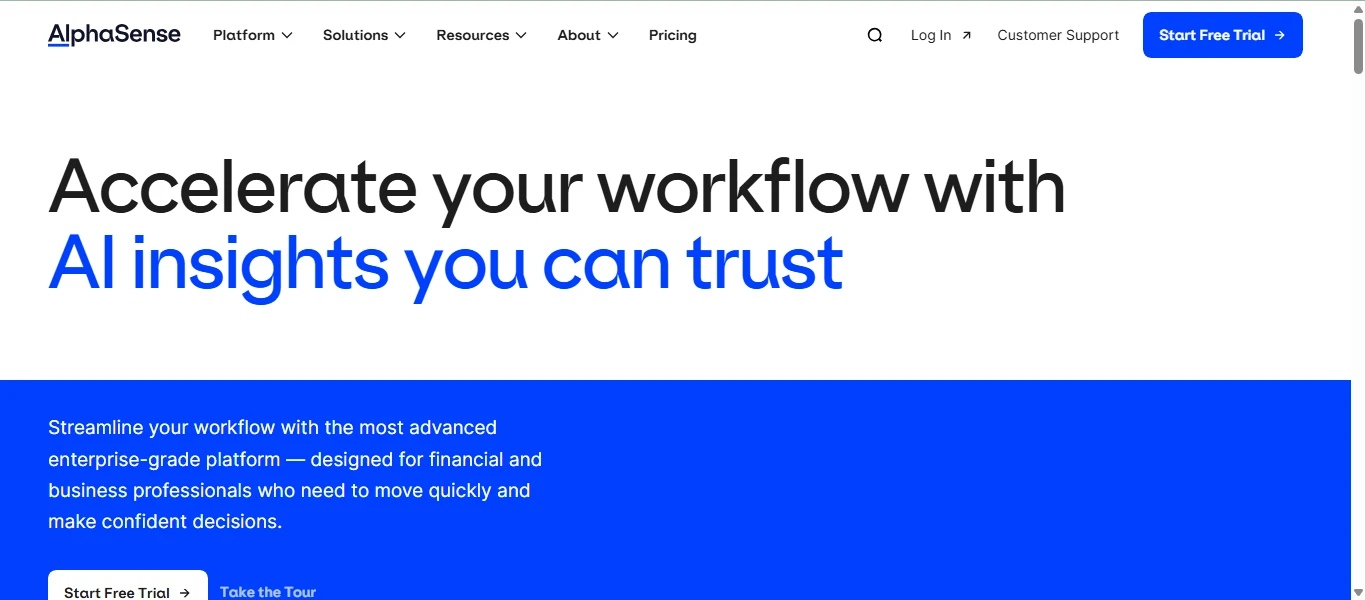
AlphaSense has become an indispensable tool for investment professionals who need to process earnings intelligence quickly and accurately. The platform’s Smart Summaries combined with sentiment analysis on earnings calls enable you to draft investment theses and client emails at unprecedented speed. What once required hours of manual transcript review can now be accomplished in minutes while maintaining the depth of analysis your clients expect.
The recently launched Financial Data feature, introduced in October 2025, represents a quantum leap forward by unifying structured KPIs with generative AI capabilities through the Generative Grid and Workflow Agents. This integration brings quantitative analysis and generative AI into a single research view, eliminating the need to toggle between multiple tools. The Earnings Tracker feature consolidates themes across multiple earnings calls using Deep Research capabilities, helping you spot trends that might be invisible when analyzing calls in isolation.
For deal teams, AlphaSense offers the ability to spin comprehensive one-pagers from earnings transcripts in just minutes—a process that traditionally required hours of manual work and multiple revisions. The platform’s ability to track post-call themes means you can identify shifting narratives around specific companies or sectors, giving you an edge when pitching ideas or updating your thesis. This is particularly valuable during earnings season when hundreds of companies report simultaneously and staying on top of every relevant call becomes humanly impossible without AI assistance.
Hebbia: Deploy Deep Research Agents for Finance & Legal Work
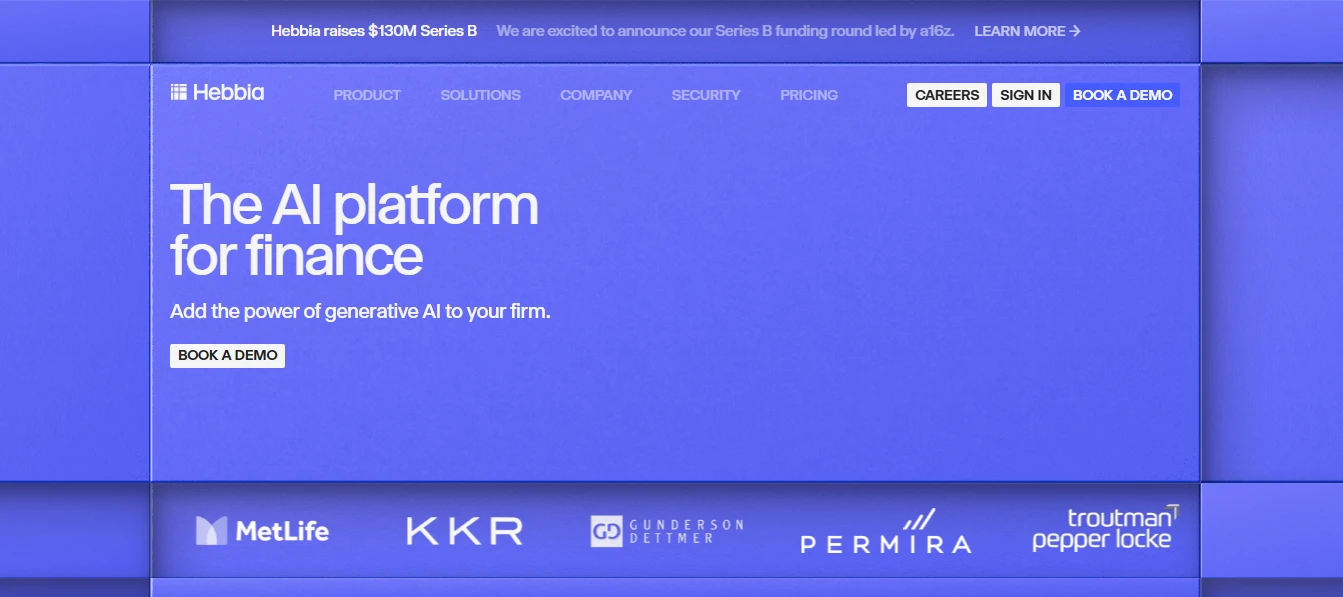
Hebbia represents finance-grade AI that’s been adopted by leading asset managers who demand institutional-quality output. The platform’s strategic partnership with FactSet, announced on September 8, 2025, pipes trusted financial data directly into Hebbia’s research environment, ensuring that your analysis starts with reliable, verified information. This integration eliminates one of the biggest risks in AI-powered research: garbage in, garbage out.
The platform’s “deep research” agents dramatically accelerate document review and financial model preparation, though it’s essential to treat all outputs as drafts requiring human source-checking. The workflow is elegantly simple: drop your data room materials or SEC filings into the platform, ask targeted queries in natural language, and export comprehensive memos complete with citations to the source documents. This approach maintains the intellectual rigor required in finance and legal work while compressing timelines dramatically.
For private equity professionals conducting due diligence or legal teams reviewing contract portfolios, Hebbia can mean the difference between working nights and weekends versus maintaining reasonable work-life balance. The platform excels at identifying needles in haystacks—finding that one problematic clause across hundreds of contracts or spotting the financial red flag buried in thousands of pages of disclosure documents. The key is learning to ask the right questions and then rigorously verifying the AI’s findings before acting on them.
PitchBook + AI: Accelerate Deal Sourcing with LLM Search
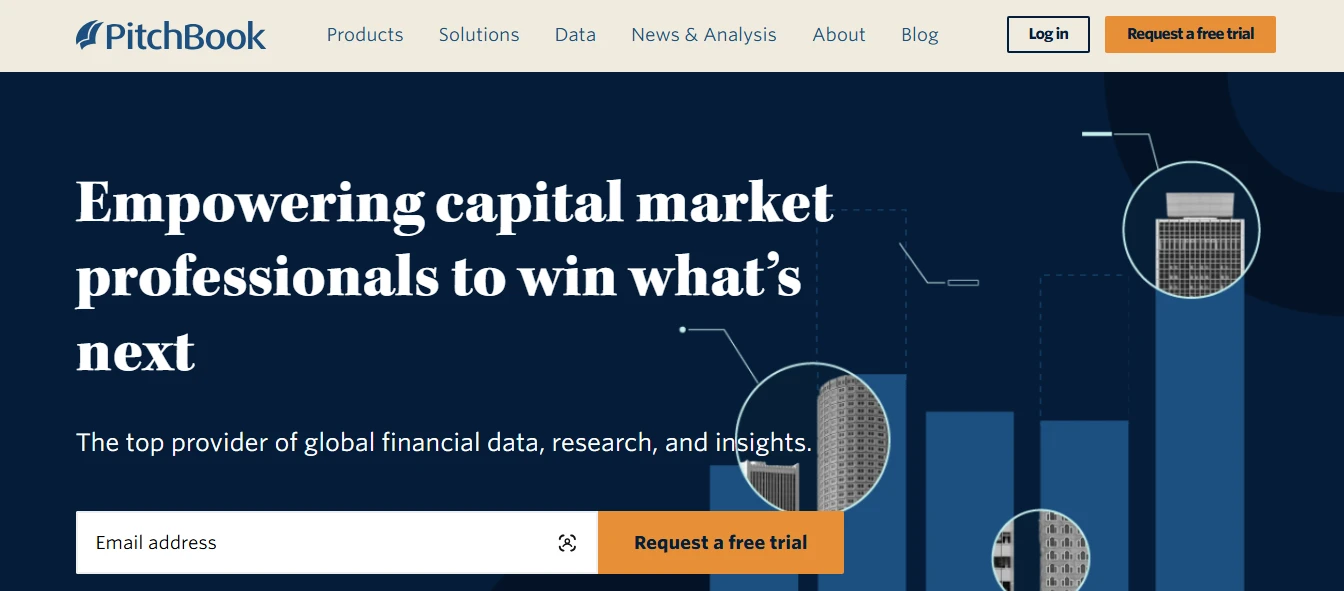
PitchBook has transformed deal sourcing by integrating AI and machine learning insights directly into its platform, enabling investment professionals to build target lists exponentially faster than traditional methods. The platform’s AI capabilities include intelligent summaries and transcript insights that help you quickly assess whether a company fits your investment criteria without reading through hundreds of pages of materials.
The platform’s integrations with Perplexity and Hebbia, announced in July 2025 and expanded in September, create a powerful research ecosystem where PitchBook’s proprietary data flows seamlessly into your other research tools. This means you can start your research in PitchBook, pull relevant companies into Perplexity for market context, and then drop key documents into Hebbia for deep analysis—all without manually transferring data between platforms.
The ability to export shortlists directly to your CRM system accelerates the outreach process significantly. When paired with AlphaSense for earnings context, you can quickly build a comprehensive picture of your target companies: their financial performance, strategic direction, competitive positioning, and management quality. This multi-tool approach mirrors how elite investment teams actually work, creating an information advantage that translates directly into better investment decisions and higher success rates on outreach campaigns.
Microsoft 365 Copilot: Scale Communications & Analysis Across Your Organization
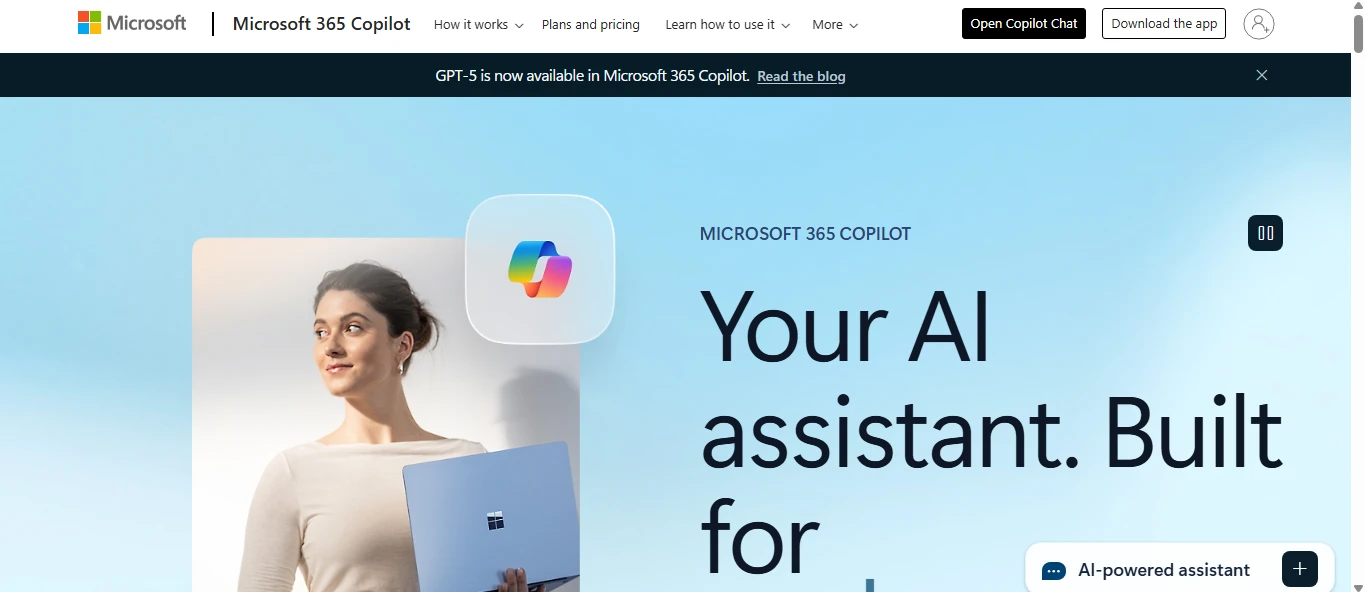
Microsoft 365 Copilot represents enterprise-scale AI that works within the tools millions of professionals already use daily. A comprehensive Forrester Total Economic Impact study revealed impressive time savings: approximately 30% reduction in search time and 34% improvement in content creation efficiency. The study modeled small and medium business ROI ranging from 132% to 353% over three years, though these figures come from composite case studies rather than uniform real-world results.
The practical use cases span the entire Microsoft ecosystem: automatically summarizing Teams meetings with action items, drafting client proposals from brief outlines, analyzing complex spreadsheets in Excel, and managing email workflows in Outlook. The integration across applications means insights and drafted content flow seamlessly between where you gather information and where you create deliverables. This ecosystem approach reduces context-switching and the cognitive load that comes with managing multiple disconnected tools.
It’s worth noting that the National Advertising Division asked Microsoft to clarify some advertising claims, underscoring the importance of measuring your own ROI rather than relying solely on vendor-provided case studies. The best approach is to pilot Copilot with a small team, track specific metrics like time spent on routine tasks, and scale only after you’ve validated the business case in your specific context. Different organizations see vastly different results depending on their workflows and how well they train employees to use the tool effectively.
GitHub Copilot: Multiply Developer Productivity and Output
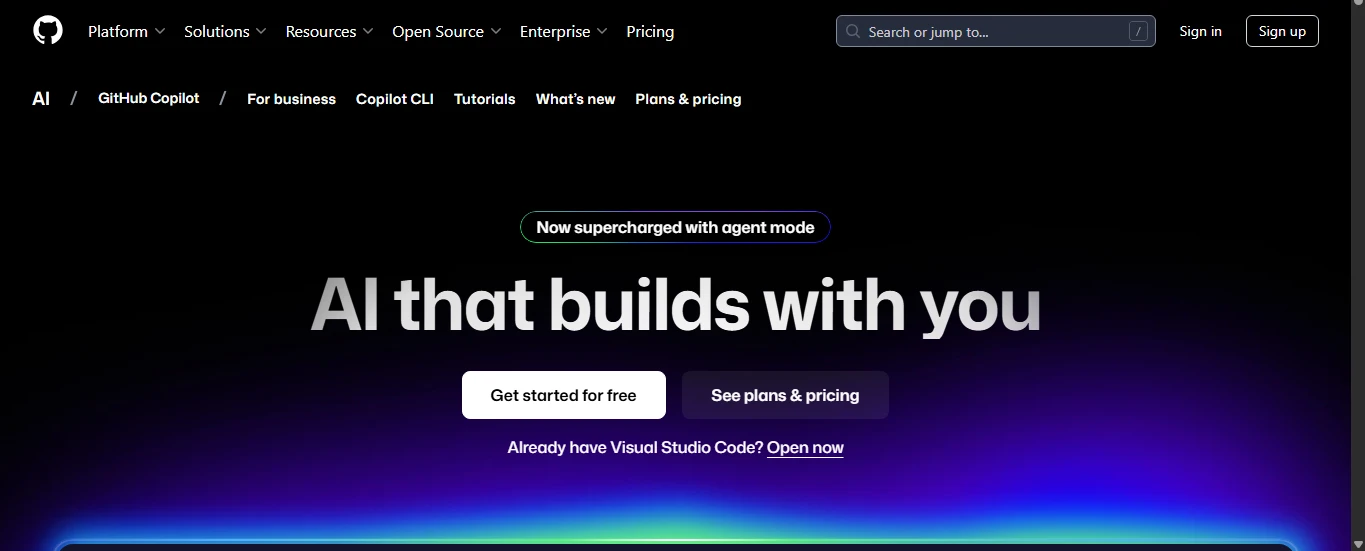
GitHub Copilot has fundamentally changed how software developers work, backed by rigorous controlled studies showing that developers using Copilot complete coding tasks approximately 55% faster than those working without AI assistance. Beyond raw speed, telemetry data and developer surveys consistently show lower cognitive load and significantly higher perceived productivity. Developers report feeling less mental fatigue and more able to focus on creative problem-solving rather than syntax and boilerplate.
The most effective workflow follows a test-driven development approach: write your test cases first to establish clear requirements, then allow Copilot to fill in the boilerplate implementation code while you focus on the complex business logic. However, strict code review before merging remains non-negotiable. Copilot occasionally generates code that works but isn’t optimal, or worse, introduces subtle bugs that pass initial testing. The time saved on writing boilerplate must not be lost to debugging production issues.
Organizations should track specific metrics to measure Copilot’s impact: lead time from commit to deployment, pull request size (smaller is generally better), and defect rate in production. The randomized experiment showing 55.8% faster completion provides a reliable baseline, but your team’s results will vary based on coding languages, problem complexity, and how thoroughly developers have learned to prompt Copilot effectively. Case studies published in Communications of the ACM discuss not just productivity gains but also improvements in developer mental energy and job satisfaction—factors that impact retention in tight talent markets.
Zapier AI: Orchestrate Agents and Workflows Across Thousands of Apps
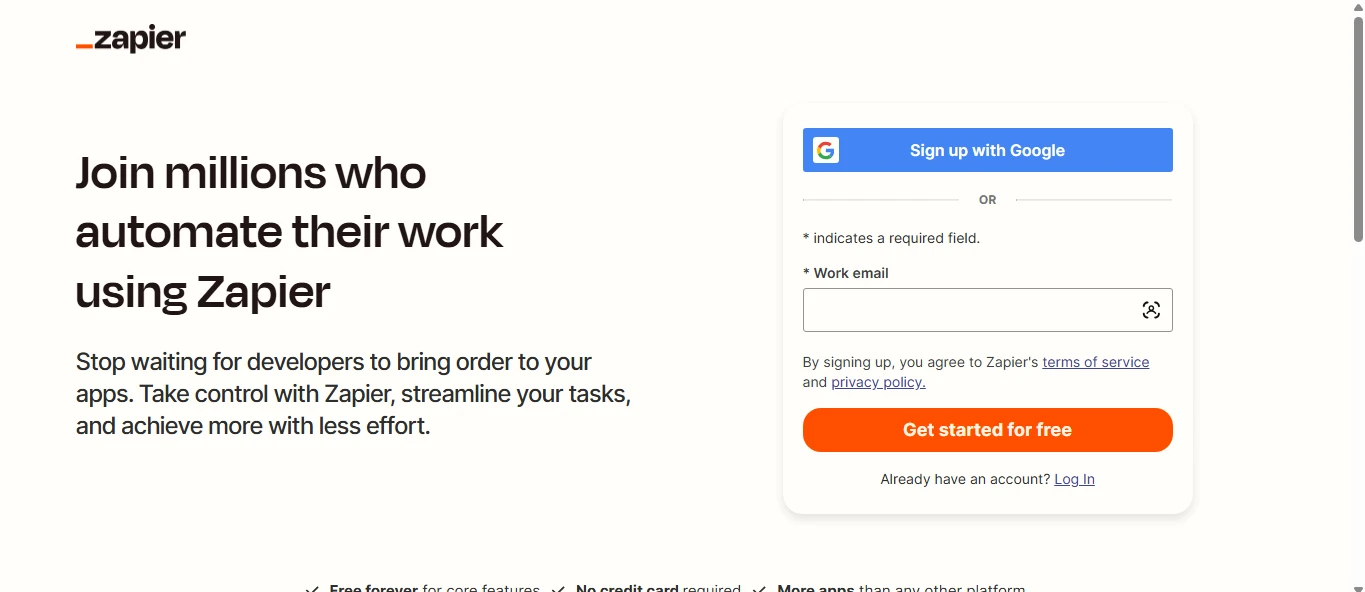
Zapier AI puts artificial intelligence exactly where work already happens by connecting AI steps, agents, and chatbots across more than 7,000 applications. This vast integration ecosystem means you can automate complex workflows that span multiple platforms without writing a single line of code. For solopreneurs and small teams, Zapier AI effectively mimics having an entire operations team working behind the scenes.
A typical lead-generation workflow demonstrates the platform’s power: when a new lead arrives from your website form, AI automatically qualifies them based on your criteria, drafts a personalized reply matching your communication style, creates a deal record in your CRM with relevant details, and books a calendar appointment—all without human intervention until the call itself. This automation runs 24/7, ensuring no lead falls through the cracks even when you’re focused on client work or outside business hours.
According to Zapier’s 2025 documentation, their agent focus has shifted toward automation over conversational chat interfaces, reflecting real-world feedback that businesses need AI to do things, not just talk about doing things. The platform’s product pages showcase hundreds of pre-built templates for common workflows, but the real magic happens when you customize these to match your specific business processes. The key is starting with one high-volume, repetitive task and perfecting that automation before expanding to more complex workflows.
Perplexity: Generate Cited Research Reports with Deep Research & Sonar
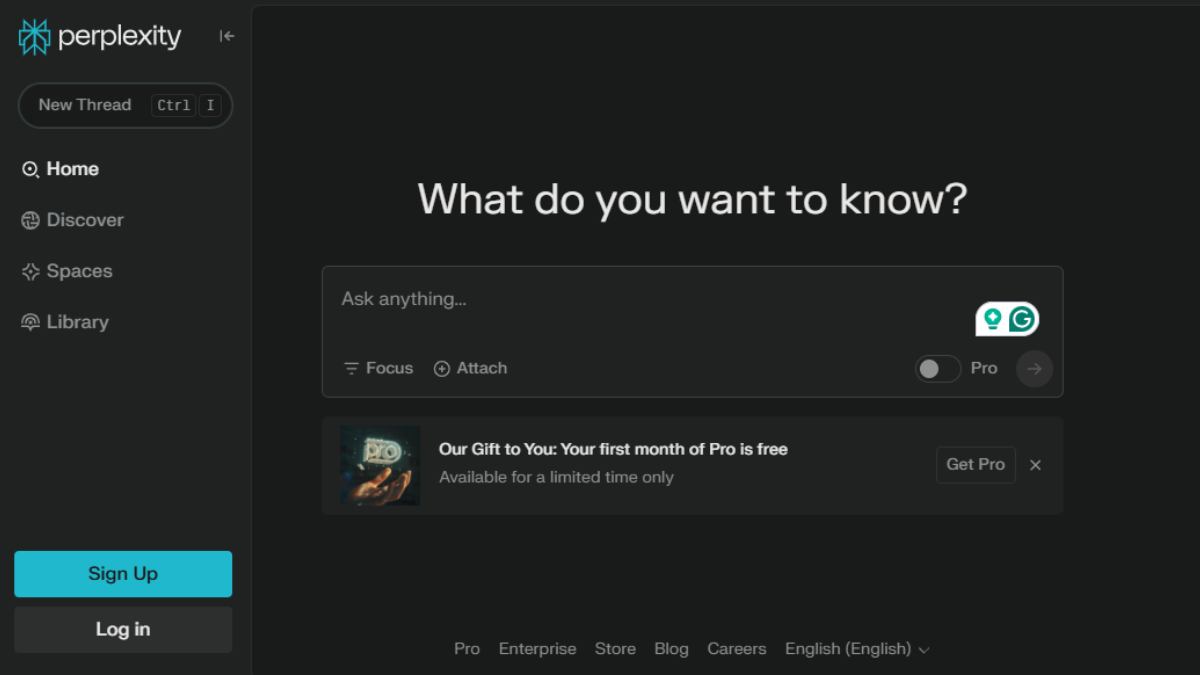
Perplexity has emerged as the go-to tool for professionals who need comprehensive, cited research without spending hours following links and consolidating information. The Deep Research feature runs dozens of searches automatically, reads through multiple sources, and returns a well-structured report complete with citations. This transforms market sizing research and competitive landscape analysis from day-long research projects into 30-minute tasks.
The Sonar and Sonar Pro models introduced in 2025 deliver deeper search capabilities with more citations at lower cost than previous iterations. These improvements mean you’re getting more thorough research while spending less on API calls—a rare combination in the AI world where better usually means more expensive. The models excel at synthesizing information across multiple sources to identify patterns and contradictions that might escape notice during manual research.
The workflow is beautifully simple: ask a complex question about market sizing or competitive landscape, review the generated report for accuracy and completeness, and export the finished product with all citations intact for client decks or internal analysis. Track the hours saved per report as your key metric—most professionals find they’re cutting research time by 70-80% once they learn to phrase questions effectively. The tool works best when you start with clear, specific questions rather than vague exploratory prompts. The more focused your query, the more actionable your research report will be.
Harvey: Transform Legal Work with AI Adopted by Major Firms

Harvey represents the cutting edge of legal AI, having achieved rapid adoption across major law firms and corporate legal departments throughout 2025. The platform handles critical legal tasks including contract drafting, contract analysis, and research summary generation. Major funding rounds and impressive ARR growth reported in 2025 demonstrate that sophisticated legal buyers see genuine value, not just hype, in Harvey’s capabilities.
The platform gained significant momentum following Allen & Overy’s rollout to 3,500 lawyers, one of the earliest large-scale deployments in the legal industry. This kind of institutional adoption provides validation that the technology meets the rigorous standards required for legal work where accuracy isn’t just important—it’s everything. The fact that elite firms are willing to bet their reputations on Harvey speaks volumes about the platform’s reliability when properly used.
The recommended workflow maintains appropriate safeguards: upload matter documents into Harvey, use the AI to issue-spot and identify relevant legal questions, have it draft contract clauses complete with source citations, and then require thorough human review before anything goes to a client or opposing counsel. The AI excels at the grunt work—reading through massive document sets and identifying relevant passages—while lawyers focus their expertise on strategy, judgment, and client counseling. This division of labor allows legal teams to handle larger matters more efficiently or take on more clients with the same staffing levels, directly impacting profitability and career advancement opportunities.
Superhuman AI: Achieve Elite Email Processing Velocity

Superhuman AI has become the secret weapon for professionals drowning in email, with the company’s 2025 State of Productivity & AI Report revealing that many users save a full workday per week through the platform’s AI features. Perhaps more impressively, top performers using AI email capabilities process approximately 72% more emails per hour than their peers. This isn’t about working faster—it’s about working smarter by letting AI handle the routine while you focus on strategic communications.
The most effective workflow centers on training Instant Reply to match your communication voice and style. Once calibrated, the system can triage incoming messages, auto-draft appropriate follow-ups, and help you maintain tight reply SLAs without sacrificing quality. The platform learns from your edits, continuously improving its ability to craft messages that sound authentically like you rather than obviously AI-generated.
Track three key metrics to quantify Superhuman’s impact: total inbox time per day, first-response time to important messages, and the number of calls or meetings booked from email outreach. These concrete measures cut through subjective feelings about productivity and show whether the investment delivers measurable returns. Many professionals find that the time saved on email processing allows them to take on additional client work or finally tackle strategic projects they’ve been postponing. The acquisition coverage and productivity reports citing specific throughput improvements provide confidence that the gains are real and replicable across different professional contexts.
Canva Magic Studio: Generate Prompt-to-Assets for Ads & Social Content
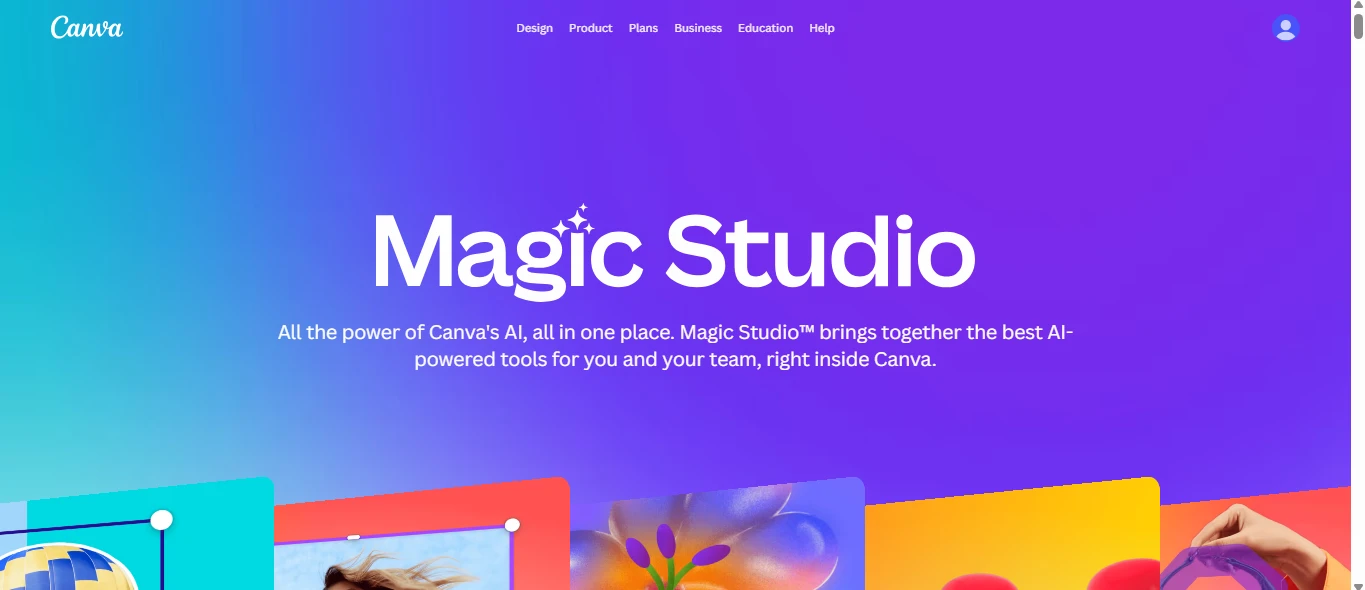
Canva Magic Studio has democratized video creation through its Create a Video Clip feature, powered by Veo-3 technology. This tool transforms a simple text prompt into an 8-second video complete with audio—perfect for user-generated content ads, Instagram Reels, and TikTok videos. What once required expensive video production teams or hours of editing can now be accomplished in minutes, with results that look professional enough for paid advertising campaigns.
The streamlined workflow maximizes efficiency: write your video script or concept description, generate the initial clip, apply your Brand Kit for consistent visual identity, and schedule the content for posting or use it in ad campaigns. This process dramatically lowers the barrier to video content creation, enabling consistent posting schedules without massive production budgets. The 8-second format aligns perfectly with social media consumption patterns where shorter content often outperforms longer videos.
Track your cost per click (CPC) and cost per thousand impressions (CPM) when comparing AI-generated videos against manually edited content. Many advertisers find that while AI videos may not always win creative awards, they perform surprisingly well in paid campaigns, especially for testing new messaging or targeting segments. Canva’s newsroom and help documentation, along with independent coverage, confirm that the 8-second video generation with sound is available to paid and nonprofit users, making it accessible to organizations of all sizes looking to scale their video content production.
Runway Gen-3: Create High-Fidelity AI Video for Brand Stories
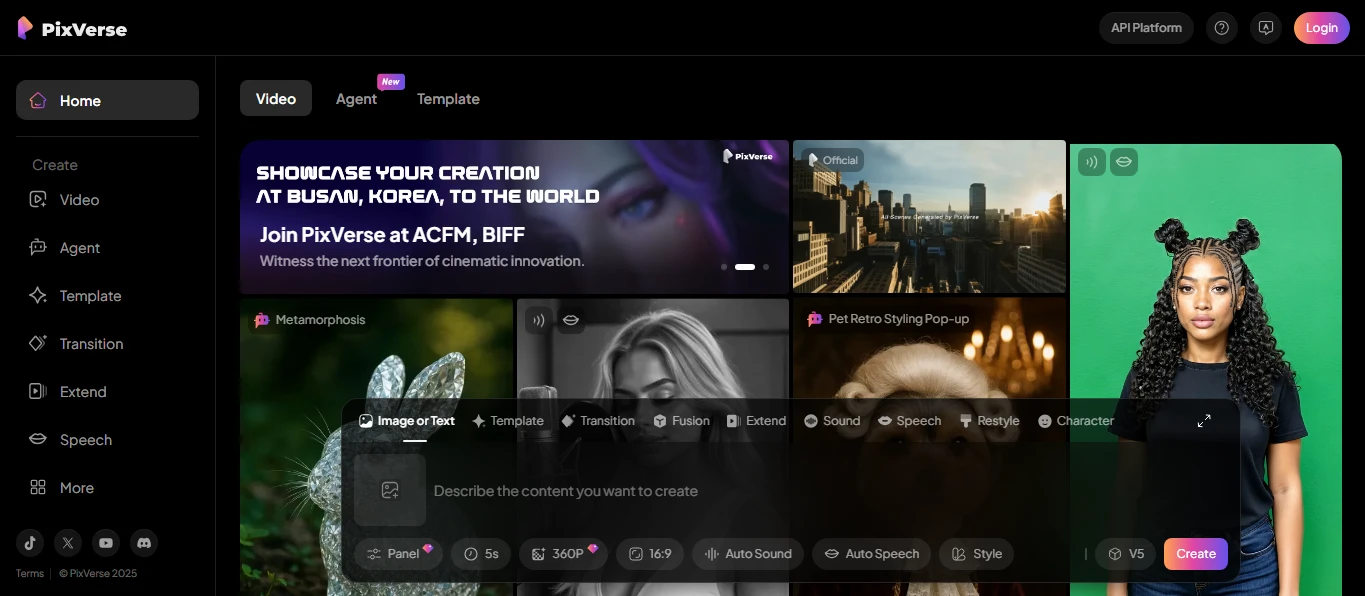
Runway Gen-3 Alpha represents the current state-of-the-art in AI video generation, with significant improvements in fidelity, motion quality, and visual consistency compared to earlier generations. The platform excels at creating explainer videos, b-roll footage, and concept spots that look genuinely professional. Creative teams are using it to prototype video concepts, generate impossible-to-shoot footage, and produce short-form content at a fraction of traditional production costs.
The workflow starts with style frames that establish your desired look and feel, then uses detailed prompts to generate video clips, followed by refinement using Runway’s control features to dial in exactly what you need. Keep individual shots to 5-8 seconds for social media, as shorter clips tend to maintain higher quality and are less likely to exhibit the temporal inconsistencies that sometimes plague longer AI video generations.
Runway’s research page and media coverage note that Gen-3 can generate 10-second clips with impressive motion dynamics and visual coherence. The platform works particularly well for abstract concepts, impossible camera moves, and stylized footage that would be prohibitively expensive to shoot practically. While it’s not yet ready to replace traditional production for everything, Gen-3 has crossed the threshold where the output is genuinely useful for commercial applications rather than just impressive tech demos. The key is understanding where AI video excels and where traditional production still makes sense.
ElevenLabs: Scale Voice, Dubbing & Sound Effects Across Languages
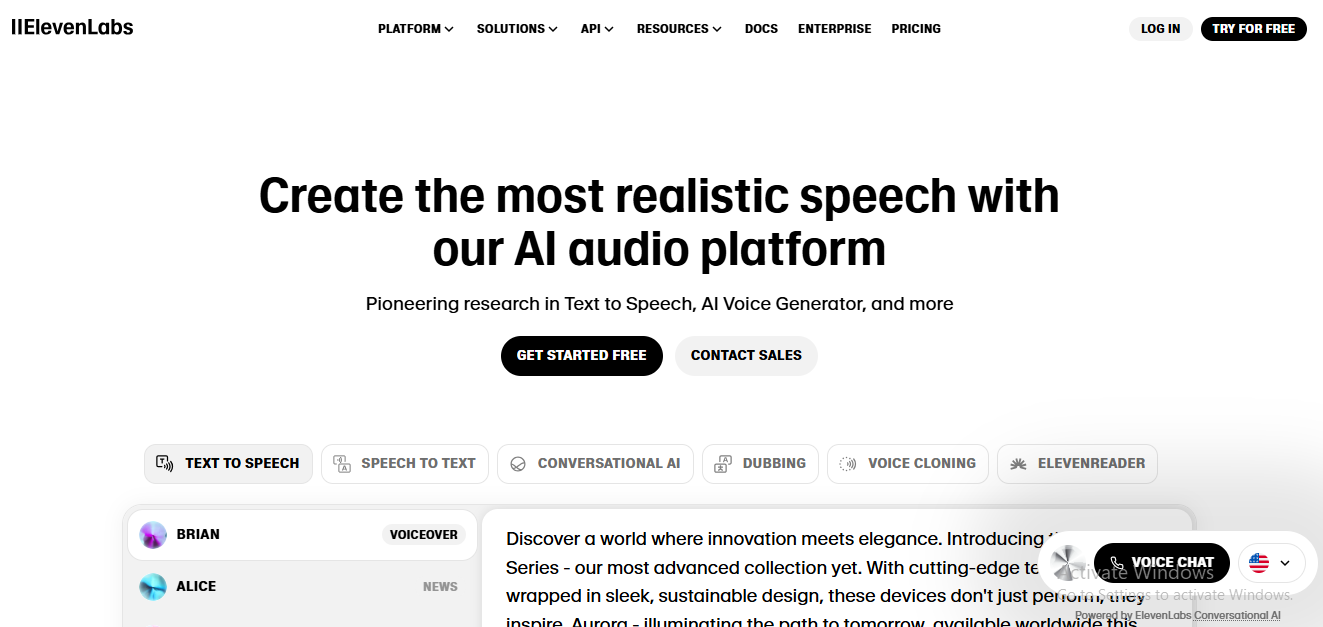
ElevenLabs has become the leader in AI voice technology, offering text-to-sound effects, dubbing in 30-32+ languages, and fast voice cloning that creates remarkably natural-sounding audio. For businesses creating global advertising campaigns, online courses, or multilingual content, ElevenLabs eliminates the traditional bottleneck of recording separate voice tracks for each language and market. The company’s rapid growth—Series C funding at a $3.3 billion valuation in January 2025, followed by later secondary transactions reportedly near $6.6 billion—demonstrates strong market demand for high-quality AI voice technology.
The practical workflow is straightforward but powerful: clone your voice using a short sample recording, use that cloned voice to batch-dub short-form videos in multiple languages, and then deploy localized versions on landing pages targeted to different geographic markets. This approach maintains voice consistency across markets while eliminating the need for multilingual voice actors or repeated recording sessions every time content needs updating.
The Reader app supports 32 languages, making it practical to reach global audiences without maintaining separate production pipelines for each market. For course creators, this means launching simultaneously in multiple markets rather than sequential rollouts. For brands, it enables testing messaging in new markets without committing to expensive production. The technology has matured to the point where most listeners can’t distinguish AI-generated voices from human recordings, especially in short-form content. The key is providing clean source audio for voice cloning and carefully reviewing the generated content to catch any pronunciation issues with technical terms or proper nouns.
Airtable AI: Build No-Code AI Apps & Agents for Operations
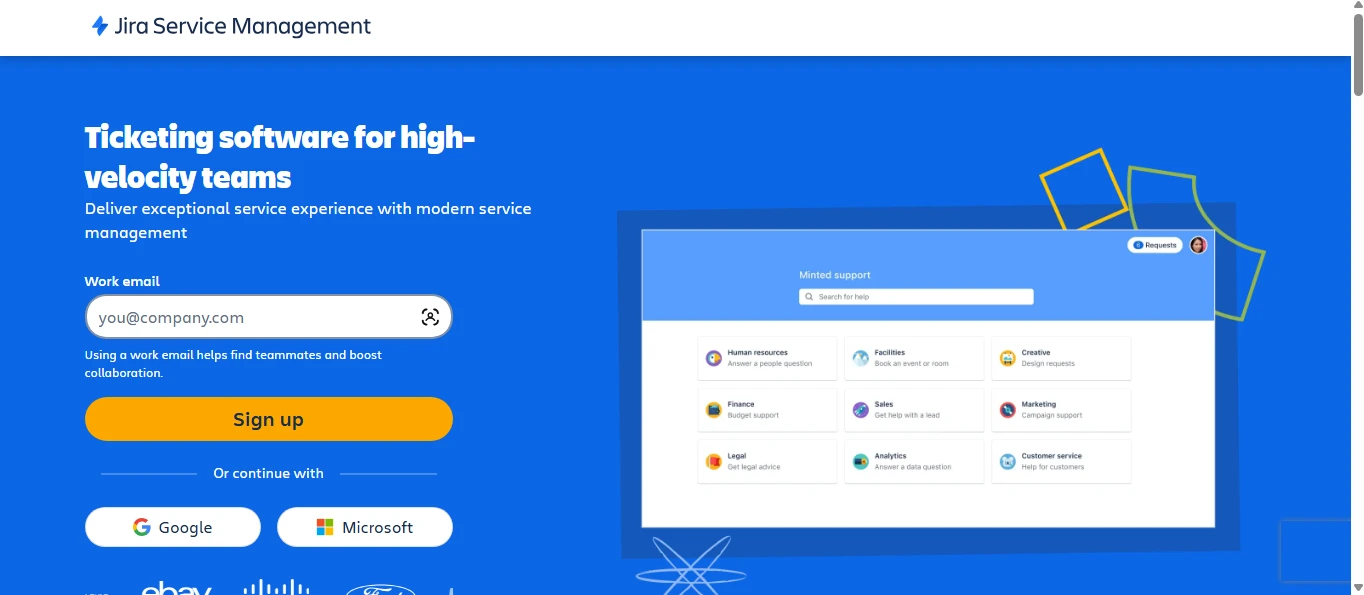
Airtable AI has evolved from a sophisticated spreadsheet alternative into a full no-code platform for building AI-powered applications and autonomous agents. The platform enables non-technical users to create custom AI tools tailored to their specific business processes without writing code. The Omni feature acts as an AI assistant that helps design database schema, user interfaces, and data flows, dramatically reducing the technical knowledge required to build functional business applications.
The workflow demonstrates Airtable’s accessibility: import a CSV file containing your data, let Omni automatically build an appropriate database schema and user interface, add AI fields for classification or generation tasks, and publish a portal that your team or clients can access. This might sound complex, but Airtable abstracts away the technical complexity, presenting everything through an intuitive visual interface. The result is custom AI applications that match your exact business needs rather than forcing your processes to fit generic software.
Airtable’s platform pages showcasing AI app building, Omni capabilities, and autonomous Agents demonstrate the breadth of what’s possible. Use cases range from custom CRM systems with AI-powered lead scoring to content calendars with AI-generated draft descriptions, to operations dashboards that automatically categorize and route incoming requests. For small teams tired of cobbling together multiple tools or paying for enterprise software with features they’ll never use, Airtable AI offers the ability to build exactly what you need without hiring developers.
Reclaim: Protect Focus Time with AI-Powered Calendar Management
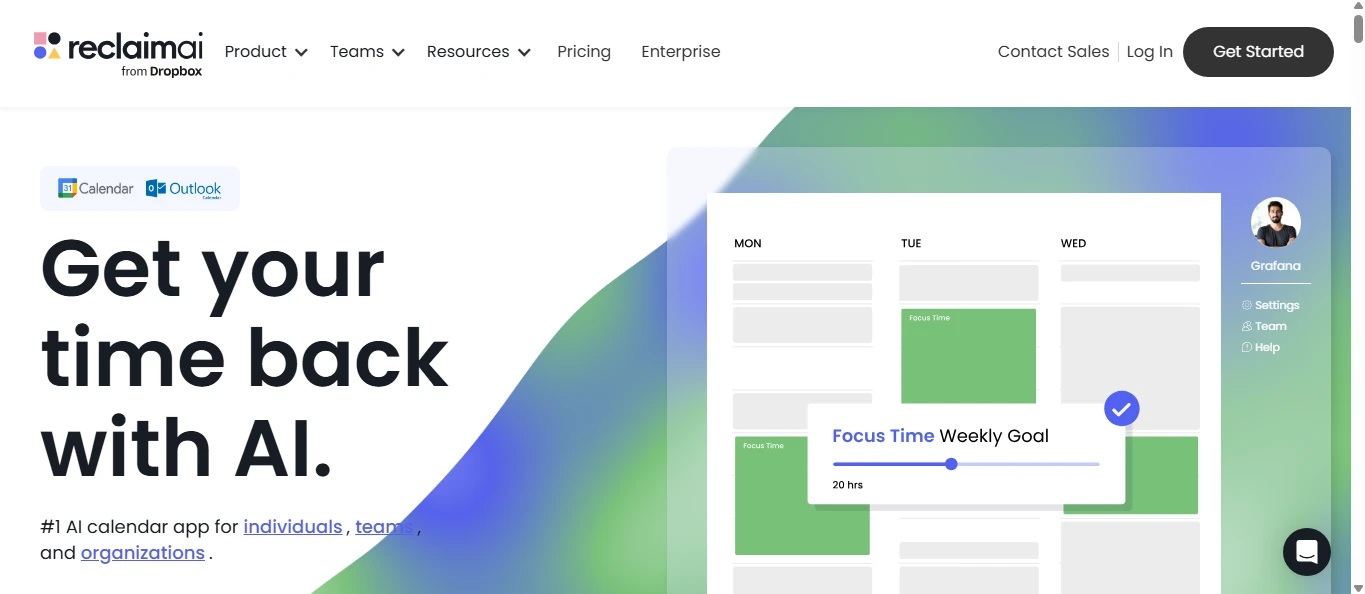
Reclaim represents a fundamentally different approach to calendar management by using AI to automatically schedule tasks, habits, and meetings across Google Calendar and Outlook. The platform claims to give teams approximately 40% more productive time through intelligent time blocking and automatic synchronization between calendar and task management. Rather than manually playing Tetris with your calendar, Reclaim’s AI continuously optimizes your schedule based on your priorities and work patterns.
The setup workflow requires some initial configuration but pays ongoing dividends: define your work hours and preferred blocks for different types of work, set priorities for various tasks and commitments, establish buffer times between meetings, and then let the AI automatically reshuffle your calendar as new meetings land. The system learns from your behavior, becoming more effective over time at predicting how long tasks actually take and when you do your best work.
The product site and feature pages cite the 40% productivity improvement and focus-time metrics, though as with all productivity claims, your results will vary based on how chaotic your calendar typically is and how well you maintain the system. Professionals with back-to-back meeting culture often see the most dramatic improvements, as Reclaim identifies and protects focus time that would otherwise get consumed by meeting creep. The key is trusting the system enough to let it move things around rather than manually controlling every scheduling decision—a mindset shift that takes some getting used to but ultimately frees significant mental energy.
Notion AI + Mail/Calendar: Centralize Documentation and Communications
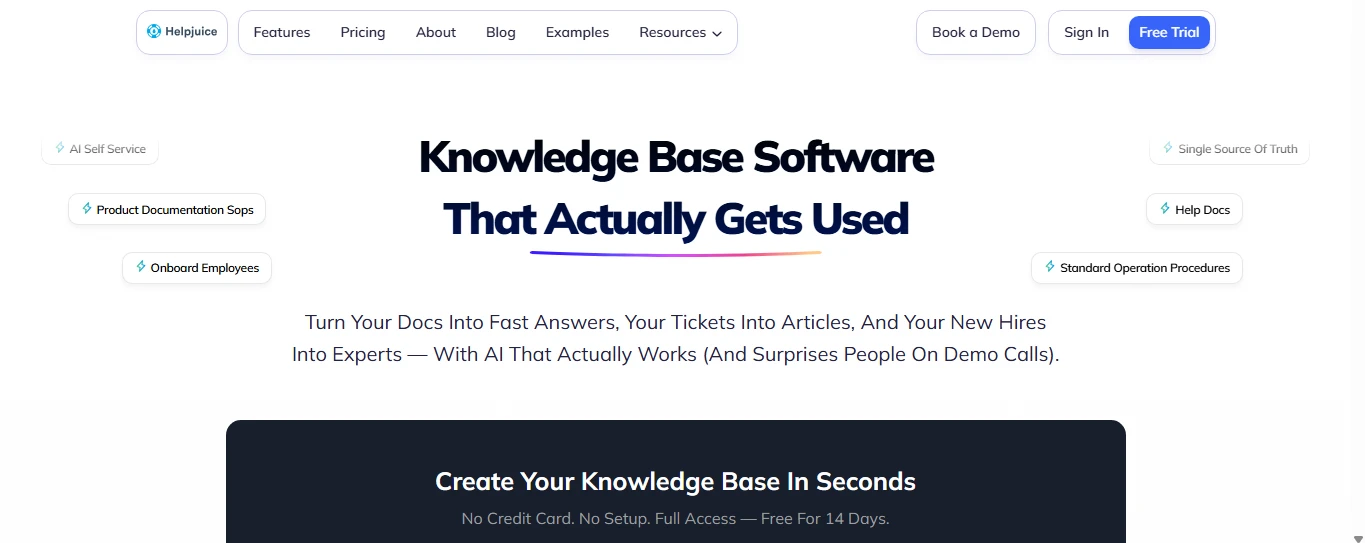
Notion has expanded from a documentation and collaboration platform into a comprehensive workspace with AI-powered writing assistance, email management, and calendar integration. Notion AI helps draft and refine content within your workspace, while Notion Mail (launched April 15, 2025) adds AI-powered email organization and drafting capabilities. Notion Calendar ties project milestones directly to your work, creating seamless connections between planning, execution, and communications.
The integrated workflow creates a unified system: build a client wiki or project knowledge base in Notion, use AI to generate standard operating procedures and templates from your best practices, schedule related milestones and deadlines in Calendar, and triage incoming client communications in Mail. This consolidation eliminates the context-switching between multiple tools that fragments attention and makes it difficult to maintain a holistic view of projects and relationships.
Launch notes and independent coverage outline current features and limitations—notably that Mail is Gmail-first, meaning Outlook and other email providers aren’t yet supported at full feature parity. Despite these current limitations, the vision of a fully integrated workspace where documentation, communication, and scheduling live together is compelling for teams tired of jumping between Slack, Google Docs, Gmail, and various project management tools. For consultants and agencies managing multiple client relationships, having everything in one searchable, AI-enhanced environment significantly reduces administrative overhead.
Bonus: UBS + Synthesia Case Study—How Elite Firms Productize Research

UBS’s deployment of AI analyst avatars, built using OpenAI and Synthesia technologies, demonstrates how elite financial institutions are using AI to scale their research distribution and client communication. The initiative, reported in the Financial Times in May-June 2025, involves creating AI-generated video content featuring analyst avatars delivering research insights. This approach allows UBS to dramatically expand their video research capacity without proportionally increasing headcount or recording time.
The strategic insight here isn’t about the specific tools UBS used, but rather the business model innovation: taking written research that traditionally reached limited audiences and transforming it into engaging video content that can be personalized for different client segments and localized for global markets. This same approach is available to individual consultants and small firms—you can convert your best written content, whether blog posts, reports, or white papers, into localized avatar videos that feel more personal than text alone.
The democratization of this technology means solo practitioners can now deploy distribution strategies that were recently only available to major institutions with video production teams. Consider how you might repurpose your expertise: that detailed analysis you wrote could become a series of short avatar-delivered videos for different client segments, each emphasizing the aspects most relevant to that audience. The key is recognizing that AI tools aren’t just about efficiency—they’re about enabling entirely new ways to package and distribute your expertise at scales that weren’t previously economically viable.




